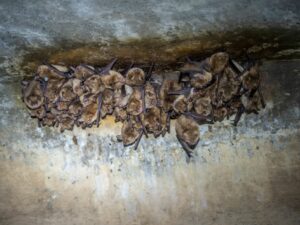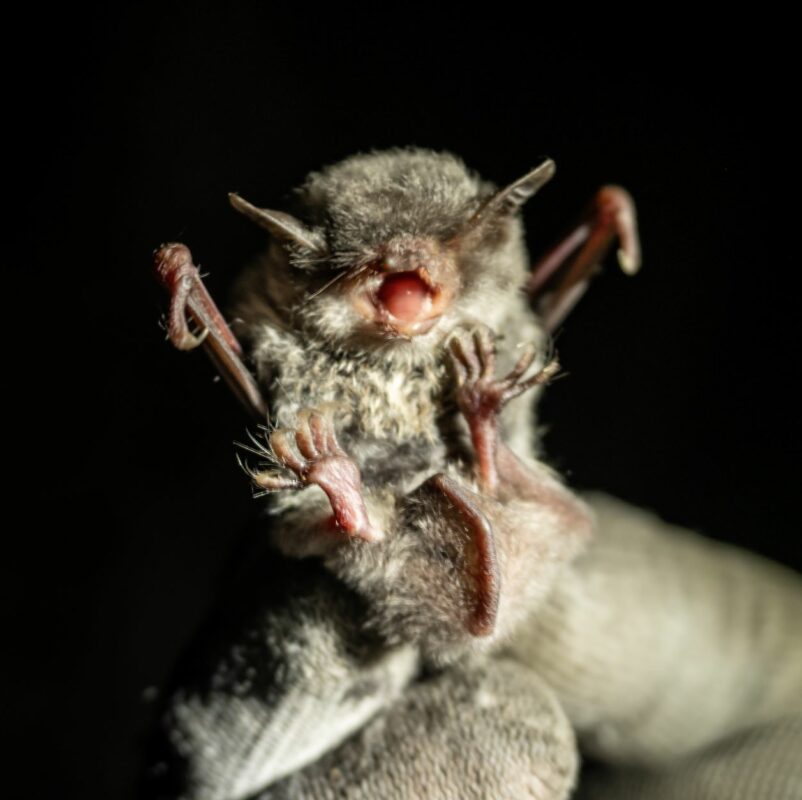The Endesabats project aims to improve the habitat of these species while acquiring further scientific information to contribute to their conservation
Once again, researchers from the Conservation Biology group of the Forest Science and Technology Center of Catalonia (CTFC) are working on the Endesabats project to obtain information that contributes to the conservation of different species of cave-dwelling bats.
Bats are key species for ecosystems. All chiropteran (bat) species in Europe feed on insects such as flies, mosquitoes, or beetles. This makes them an essential species for the regulation of insect populations – a common bat can ingest up to two-thirds of its weight in insects in a single night – which helps prevent both agricultural and forest (such as the box tree moth or pine processionary) pests.
Due to the worrying decrease in bat populations, ENDESA started the Endasebats project 10 years ago. The project has collected information and carried out various actions to help conserve the more than 30 species of bats that live in the country. In fact, in 2020, thanks to the project, a new colony of long-fingered bats (Myotis Capacccini), an endangered species, was discovered in Seròs (Lleida).

Ratpenats d’orelles dentades (Myotis emarginatus) – X.Florensa – CTFC
Two of the usual habitats of these animals are caves and underground galleries, due to the combination of darkness, tranquility, humidity, and mild temperatures throughout the year. Endesabats is carrying out conservation actions and remote monitoring of the population of long-fingered bats and other threatened cave-dwelling species in Catalonia and Aragon. The project researchers will analyze the automatic recordings to obtain models of population estimates. With this information, they plan to create a protocol for the remote monitoring of chiropterans that will allow them to obtain an index of interest for each shelter based on acoustics.
The participants of the project have also installed light sensors that detect and count the people who enter the caves, natural or linked to hydraulic installations, in Catalonia (in the Noguera region) to determine if the presence of humans has an impact (or not) in chiropteran colonies. The results obtained will be crossed with the data collected with the sound recorders and photo-trapping cameras to be able to draw better conclusions, thus contributing to the conservation of bats.
This year the project was expanded: Batsolar will be carried out at ENDESA Generación’s solar installations. Batsolar aims to generate knowledge on the richness and relative abundance of chiropterans in solar plants and compare it with that of nearby areas, which will allow the evaluation of the possible effect of the landscape matrix, the availability of water points and potential shelters, and the management of vegetation within the enclosure on the wealth and abundance of chiropters in this new habitat. If the obtained results confirm that the area is indeed an active hunting ground for bats, the project will carry out actions for the compatibilization of the different uses of the area, aiming to boost bat populations.
Last modified: 11 May 2023










